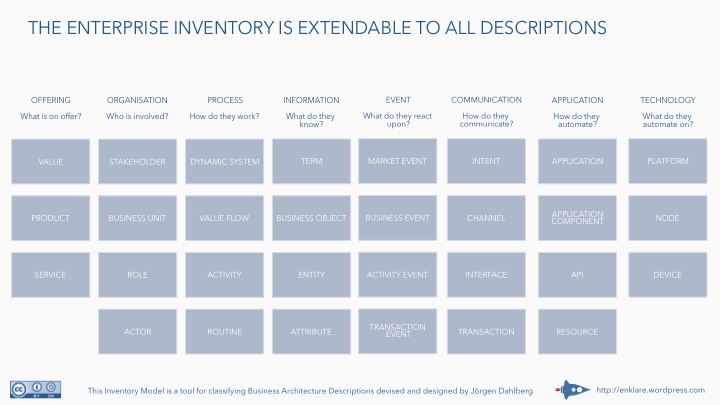
Guest Post by Ray Hearrell
The #NoEstimates debate has struck a nerve with the software development community. The #NoEstimates movement is about exploring alternatives to estimates (including cost, time, and effort) for making decisions in the software development life cycle. Should your team say “yes” to #NoEstimates? Let’s explore the pros and cons.
The traditional approach of software development estimating focuses on:
- Taking the highest priority planned work
- Slicing work into risk-neutral stories
- Committing specific scope to sprints based on various estimation methods
These methods may include relative and T-shirt sizing, user story sizing based on Fibonacci sequence, poker planning, triangulation to validate estimates, and ideal time.
The idea behind the #NoEstimates movement is to allow professionals, specifically those in the software industry, to work incrementally and reach a desired shippable product as rapidly as possible. The movement does not focus on removing estimation from agile; it is about exploring alternative ways of planning work, assigning value, and a different approach to how and what we deliver to our clients.
As with anything, there are benefits and drawbacks to the #NoEstimates method, some of which include:
Pros of #NoEstimates:
- Saves time and effort spent on estimation at a program and release level. At the sprint level, the team commits to a number of stories to track throughput.
- Allows scrum team to focus on researching a viable solution by taking away timeline-driven approach. When using estimates and velocity as planning tools, there is an inherent assumption about achievements in a given period.
- Increases delivery team satisfaction by removing the pressure of time-based approaches.
- Conducive to niche environments that thrive on creativity
Cons of #NoEstimates:
- Impacts ability to manage key decision-making business stakeholders who are accustomed to estimation, especially for forecasting and budgets. High-level planning and estimation (which is about delivering a pre-defined pre-prioritized product backlog) is contrary to the iterative/holistic #NoEstimates approach.
- Not conducive to enterprise/large-scale strategic initiatives that drive business value.
- Limits the ability to develop integrated strategic delivery and business readiness plans for large enterprises.
The #NoEstimates approach enables developers in small companies to thrive in a constantly changing environment. However, large companies may find it difficult to align upstream and downstream business and technology teams. Therefore, for companies with a focus on shareholder value, large strategic programs and return on investment, we recommend using lean estimation practices and proven agile planning methodologies that enable organizations to balance delivering business value by adapting to change.
Where do you stand on the #NoEstimates debate?
Image shared by János Balázs















 What we’re paying attention to shapes what we perceive and pay attention to. etc.
What we’re paying attention to shapes what we perceive and pay attention to. etc.


















